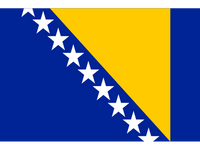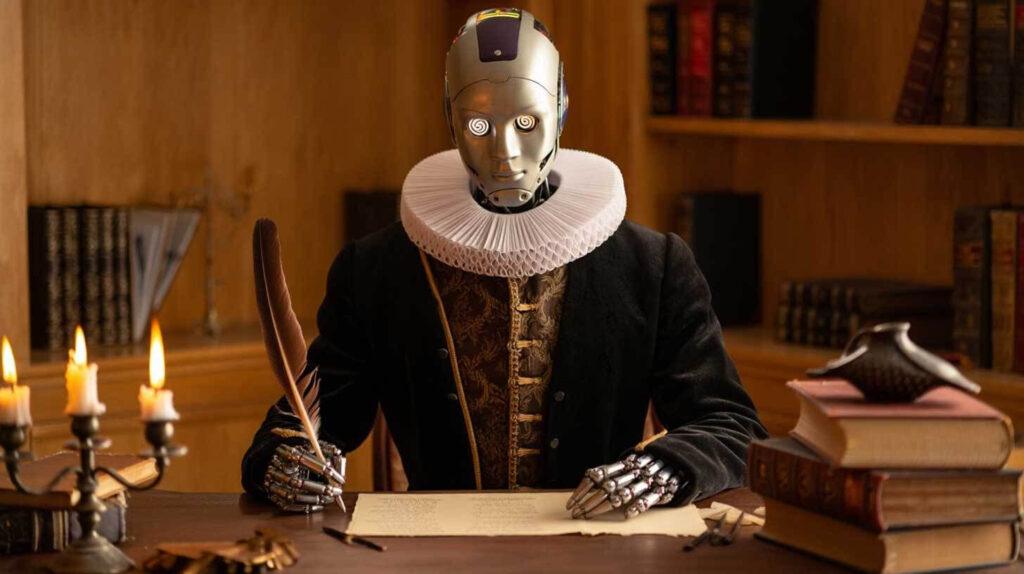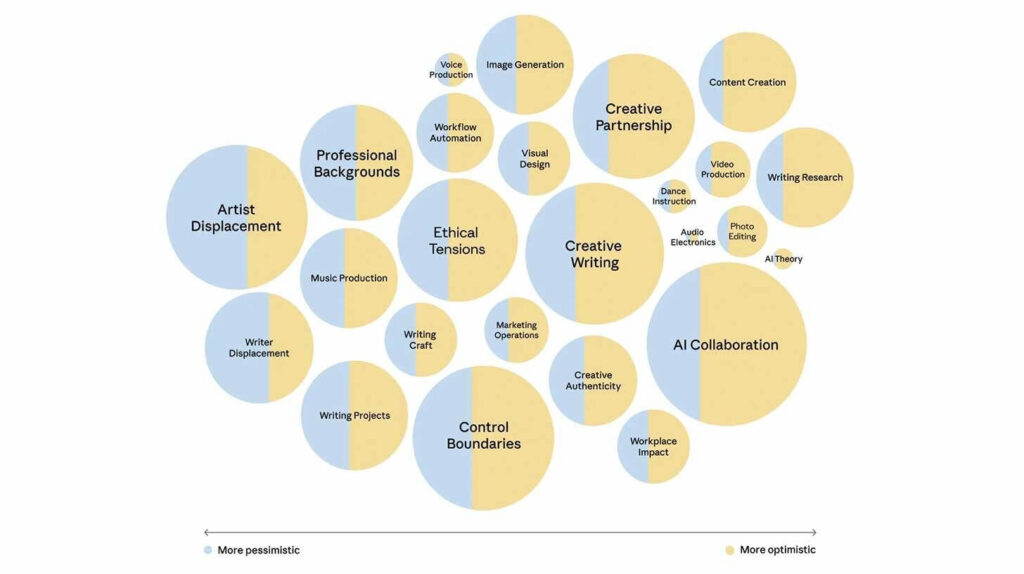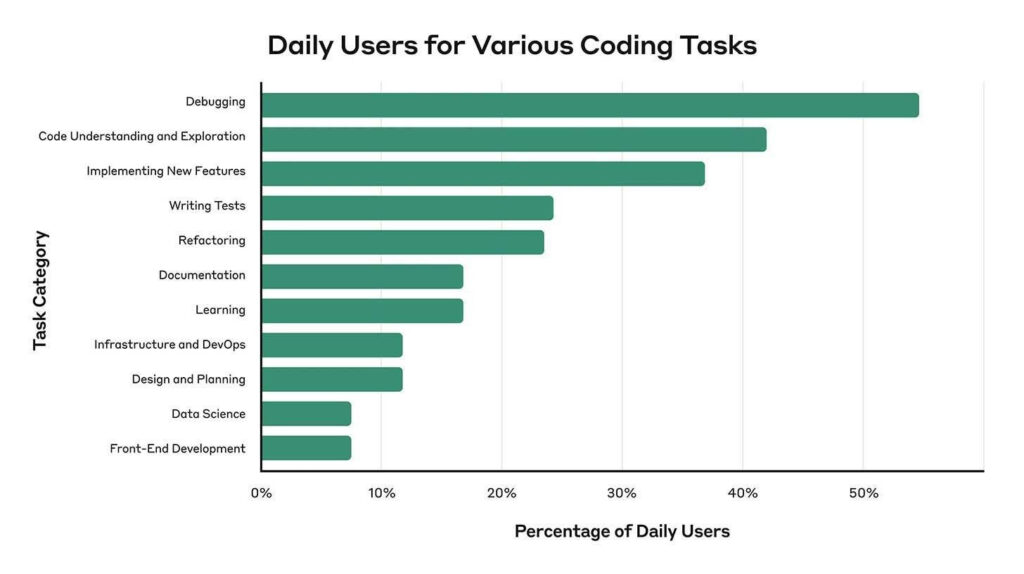OpenAI has officially launched a new phase of its scientific program, OpenAI for Science, by appointing Alex Lupsasca, a renowned theoretical physicist known for his research on black holes, as the first academic researcher on this team. The goal of the initiative is to merge AI models and scientific tools to create a “new generation of scientific instruments” capable of discovering and understanding complex natural phenomena.
Lupsasca stated that GPT-5 Pro completely convinced him of the potential of artificial intelligence in science — according to him, the model solved a complex physics problem in less than half an hour, a task that had previously taken him several days. Such an ability for rapid scientific reasoning demonstrates how far AI can go in supporting real research, not just assisting with text or data analysis.
OpenAI’s Vice President Kevin Weil confirmed that GPT-5 has already shown limited capabilities in generating original research ideas, not only in physics but also in mathematics, biology, and quantum theory. This project thus positions OpenAI as a key player in the future of science driven by artificial intelligence, where laboratory discoveries and theoretical research can be accelerated exponentially.
Although many have previously criticized the company for focusing too much on popular projects such as the Sora video platform or freer generative content, this move reveals the bigger picture: OpenAI is building a complete AI ecosystem, from creative and social applications to a fundamental scientific revolution. If this initiative succeeds, AI could soon become the most important scientific instrument in modern history — a tool that not only explains the world but also discovers what scientists have not yet imagined.
In brief: Tech World Highlights:
- The Indian company Ati Motors, which focuses on AI and autonomous robotics, announced the launch of its latest robotic system, the Sherpa Mecha humanoid.
- Qualcomm announced the acquisition of Arduino, making the Italian electronics prototyping company an independent subsidiary, with the goal of strengthening ties with robot manufacturers.
- Lucid Bots introduced new painting and coating functions for its Sherpa Drone, making it the first major robotic system to automate commercial painting.
- A Romanian research team developed ARGUS, an autonomous robotic platform that patrols physical spaces while scanning for hackers and intruders.
- The Italian startup Cyberwave raised 7 million euros less than a week after launch to develop a developer-focused platform described as the “Hugging Face of robotics.”
AI Trending Tools:
- Hunyuan-Vision-1.5-Thinking – Tencent’s advanced vision-language model.
- PromptSignal – a tool that shows how large language models (LLMs) rank your brand.
- Petri – Anthropic’s open-source tool for evaluating the safety and behavior of LLM agents.









